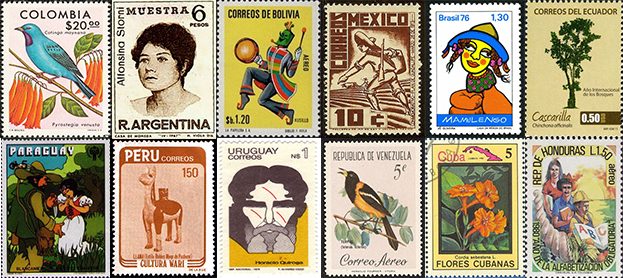As I watched “Widows on Thursdays” I could not help but laugh at the country club depicted in the movie as I’m very familiar with these gated communities. Growing up in Argentina, they were the norm for many upper-class families and ex-pats. My friends used to live in them, and I remember just how different their lives were there in comparison to other people living in the suburbs such as myself. Here we were able to do things like roam around freely at night, which during my teens it was almost impossible to do outside without the fear of something happening to you.
Despite the amazing qualities that many people see with these communities, there’s always a fakeness that comes to it. Argentina is no stranger to economic crises, and in those people are forced to make life changes, such as how we see with Tano, Ronnie, and Martin. But it becomes so hard for them to accept their new realities. They’d rather die than have to face their wives and families with the truth, which is that they must leave this idyllic community with their friends, sports, and security.
This need to appear successful and wealthy is common in Argentine society, and we are shown the extreme measures that people would go to maintain this. What the movie is able to demonstrate is the erraticness of the Argentine economy, and that even the people living in the most secure communities are not safe from being unemployed and joining the rest of society in their struggle to make it through yet another crisis.

I totally agree, Ashley. The movie does a great job of demonstrating how even privileged classes are susceptible to economic crisis and disaster. Apropos of your observation about how accurate Piñeiro’s fictional representation of this type of gated community is, I found myself wondering if these communities truly are somewhat far from BsAs centre (I’m not sure how evident it is in the movie, but in the book, Cascade Heights is a good distance from BsAs). (Maybe you know…?) If it’s a literary device, there might be an interesting commentary in dialogue with Sarmiento’s Civilización y barbarie, in which “rural” elements of Argentine society are portrayed as “barbaric” and lacking in culture, in comparison to the civilized and cultured city centre.